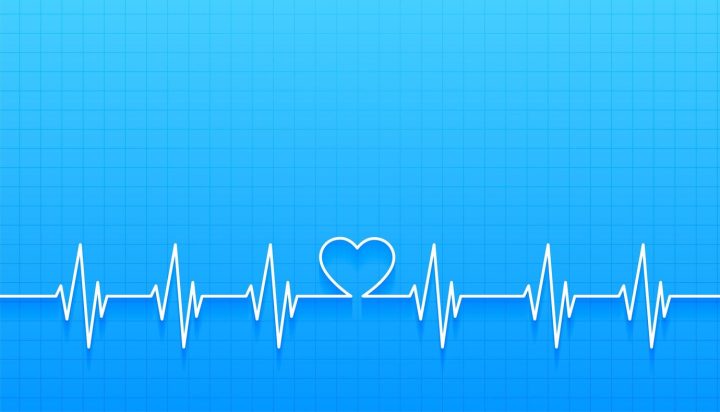Understanding cardiac rhythms is a crucial skill for anyone entering the healthcare field. Whether you’re a medical student, nurse, or EMT in training, recognizing the basic heart rhythms can make a big difference in patient care. This guide will walk you through the essentials in a simple, easy-to-understand way.
🫀 What Are Cardiac Rhythms?
Cardiac rhythms are the patterns of electrical activity in the heart, visible on an electrocardiogram (ECG or EKG). Each beat of your heart is triggered by an electrical signal, and when you look at an ECG, you’re seeing how that signal travels.
🧾 The ECG Basics
An ECG tracing shows several waves and segments. Here’s what to look for:
- P wave – Atrial depolarization (atria contract)
- QRS complex – Ventricular depolarization (ventricles contract)
- T wave – Ventricular repolarization (ventricles relax)
📈 Normal Sinus Rhythm (NSR)
- Rate: 60–100 beats per minute
- Rhythm: Regular
- P wave: Present before every QRS
- QRS: Narrow
👉 This is what a healthy heart rhythm looks like!
🚨 Common Abnormal Rhythms
Here are a few key ones you’ll likely come across:
1. Sinus Bradycardia
- Rate: Less than 60 bpm
- Rhythm: Regular
- Seen in athletes or during sleep, but can also indicate a problem if symptomatic.
2. Sinus Tachycardia
- Rate: Over 100 bpm
- Rhythm: Regular
- Often a response to fever, stress, dehydration, or exercise.
3. Atrial Fibrillation (A-Fib)
- Rate: Irregularly irregular
- P waves: Absent, replaced by fibrillatory waves
- Risk of clots and stroke increases with this rhythm.
4. Ventricular Tachycardia (V-Tach)
- Rate: 100–250 bpm
- Rhythm: Regular
- QRS: Wide
- Can quickly become life-threatening — requires immediate attention.
5. Ventricular Fibrillation (V-Fib)
- No organized rhythm
- No identifiable P, QRS, or T waves
- This is a cardiac arrest rhythm — defibrillation is needed immediately.
🧠 Tips for Learning Rhythms
- Start with the basics: Learn to identify the normal rhythm first.
- Use flashcards and apps: Visual repetition helps.
- Practice with real ECG strips: The more you see, the easier it gets.
- Join study groups or use online simulators.
📌 Final Thoughts
Learning to recognize cardiac rhythms takes time and practice, but it’s an incredibly valuable skill. Start with the basics, stay consistent, and remember — every expert was once a beginner!


